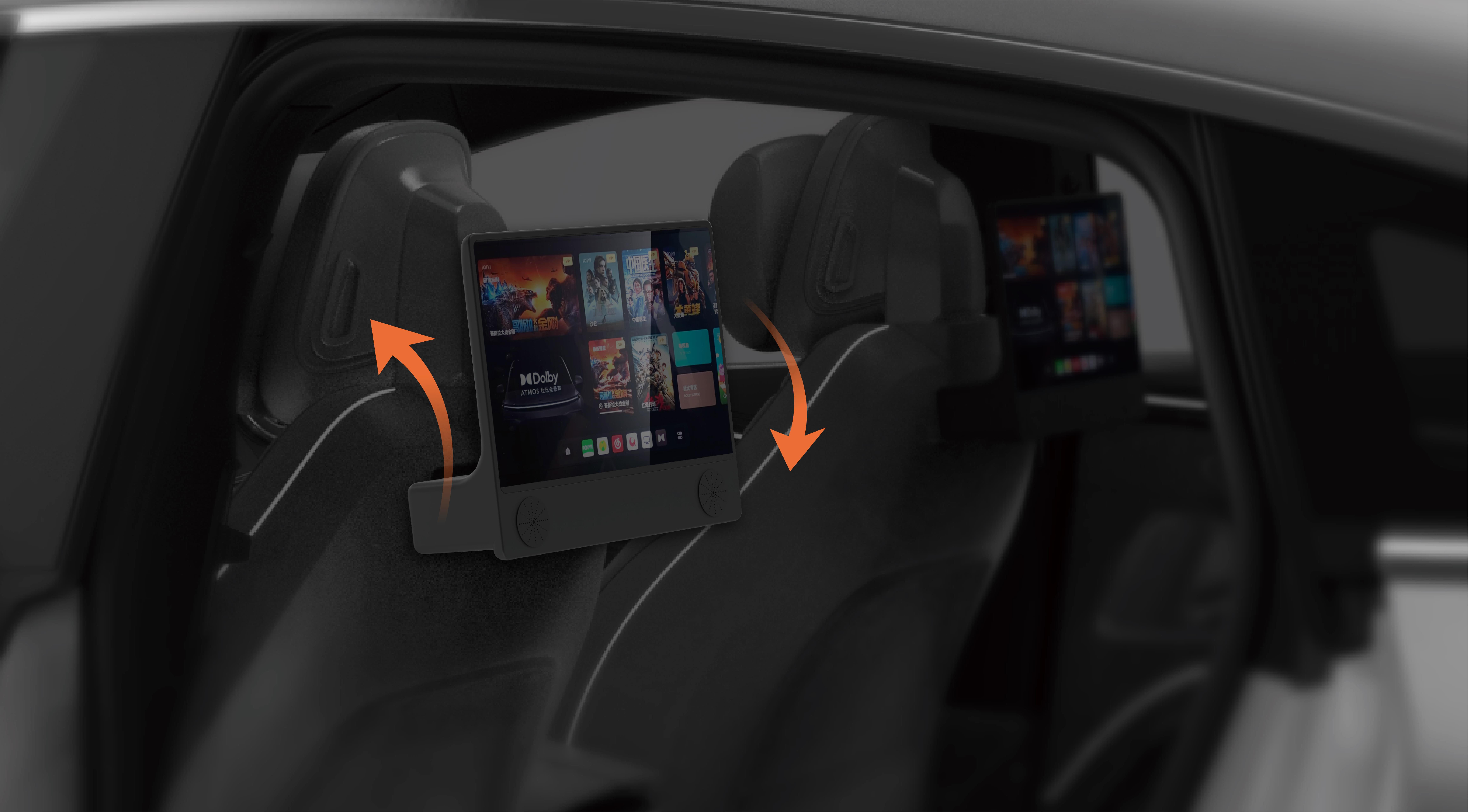Ever toyed with the idea of building your own robot or automating parts of your project? If so, then wiring a micro servo to an Arduino might be on your to-do list. But the real question isn’t just about connecting wires—it’s about making that connection tight, reliable, and ready to move at your command.

First off, the basics. A typical micro servo has three wires: power (usually red), ground (black or brown), and signal (white, orange, or yellow). You might think, “Hey, plug and play,” but there's a bit of finesse involved. Power needs a steady source—so you pop the red wire into your Arduino’s 5V pin. Ground connects to the GND pin—seems simple, right? But here’s where things get interesting: the signal wire. That’s what tells your servo to move. Usually, you connect it to a digital PWM pin, somewhere between 3 and 9 on the Arduino. This pin sends pulse signals that tell the servo how far to rotate.
Now, what about the physical attachment? How do you get that servo shaft to do what you want? Well, the trick is in the gear or horn that comes with the servo. Usually, you’ll thread a small screw through the horn and attach it to whatever you’re controlling—say, a robotic arm or a camera tilt. Securing it snug but not overtight is key; overtightening can strip the gear and ruin your motor. Think of it like a figure skater anchoring their skate—balance is everything.
But hold on—what if you’re wondering, "Can I just connect and expect immediate results?" Not quite. Check your power supply first. Micro servos can draw a burst of current, especially when they start moving. Using the Arduino's 5V pin alone might work for tiny, low-torque servos but can cause voltage dips or resets. Better to use an external power source—like a dedicated 4xAAA battery pack or a regulated power supply—connected to the servo's power line. That saves your Arduino from getting overwhelmed.
One common setback: jittery movements or unresponsive servo actions. What's behind that? It’s often a matter of signal quality or timing. Make sure your code is issuing clean, appropriate pulse widths—typically between 1ms and 2ms, corresponding to 0-180 degrees of movement. Using a library like Servo.h simplifies that process—once wired correctly, calling servo.write(angle) is all you need to get moving.
Some folks ask, “Can I daisy-chain multiple servos?” The answer is yes, but only with attention to power. Each servo adds load, so a single power supply must handle the total current draw. Otherwise, expect flickering and inconsistent movements. Also, keep the signal wires separate to prevent interference.
The beauty of attaching a servo this way? Flexibility. Whether you’re controlling a robotic hand or automating a pie tin to spin, understanding these basics turns a simple wire connection into a powerhouse of possibilities. Compose your code carefully, secure your wiring, and you’ll unlock a world where your mechanical dreams turn real.
You see, building with micro servos is almost like giving life to your ideas—once everything clicks into place, you’re off to the races. The thrill of that first smooth, deliberate movement makes all the effort worth it. Just dial in your power, get that signal right, and watch your project come alive.
Established in 2005, Kpower has been dedicated to a professional compact motion unit manufacturer, headquartered in Dongguan, Guangdong Province, China.




































